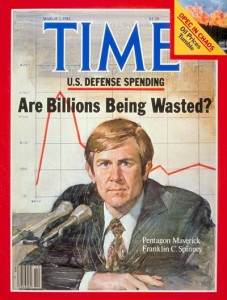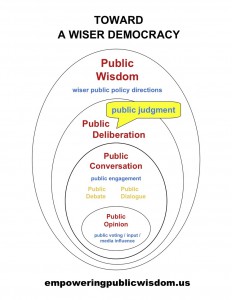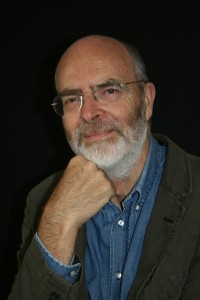
My friend Jeff Madrick lays out the outlines of the central economic crisis of our times: the hemorrhaging of high paying middle class jobs — a subject I addressed wrt to the loss of manufacturing jobs here.
Chuck Spinney
Jeff Madrick, New York Review of Books, 2 Oct 12
With domestic policy as the theme of Wednesday’s presidential debate, the Obama campaign is facing a weakening economy. The Commerce Department just reported that GDP grew at an annual rate of only 1.3 percent in the second quarter. Job growth has been tepid, with continued high unemployment and underemployment. When one counts all those looking for full-time jobs and unable to get them, the true unemployment rate is close to 17 percent. Meanwhile, the US faces looming threats of a new European recession and a slowdown in China and other parts of the developing world.
But the starkest evidence that something is seriously amiss in the American economy is the dramatic deterioration of the middle class. Median household income—the midpoint income of all American households—was reported by the Census Bureau (whose data is a year or so behind) to be down in 2011 compared to 2010, despite an economic recovery that began in mid-2009. More disturbing, that figure is now down to around $50,000, which is 7 percent or so below what it was in 2000 and its lowest level since 1996, adjusted for inflation. Incomes are falling still more sharply for black households.
Continue reading “Chuck Spinney: What To Do About Jobs in the USA?”






